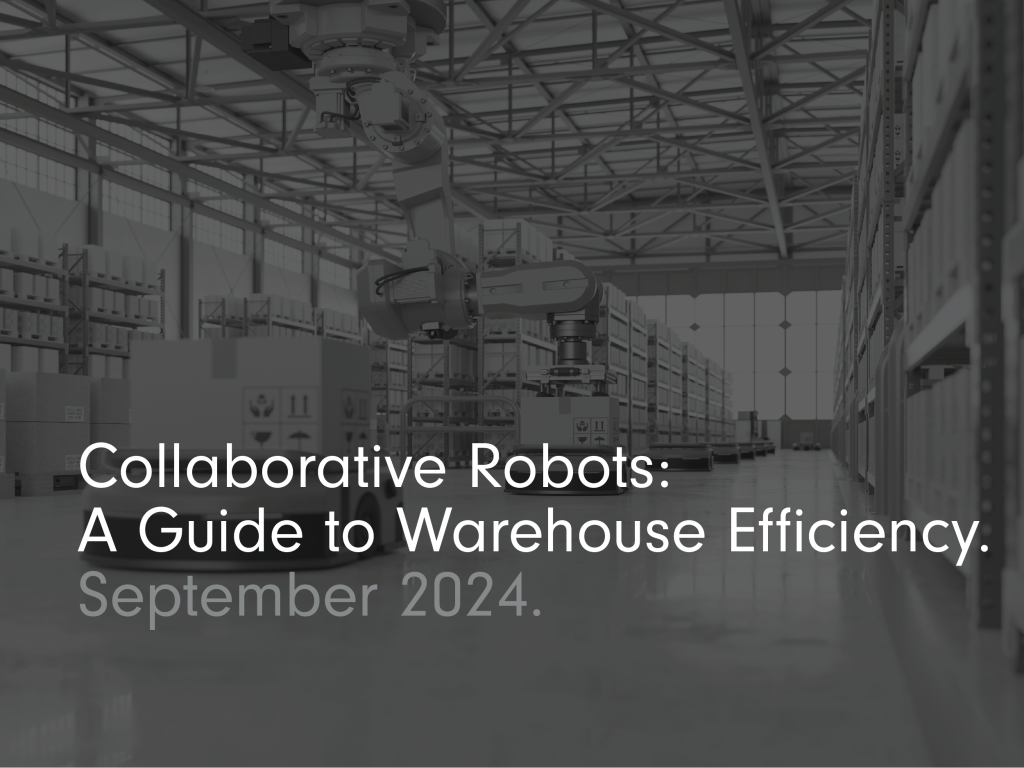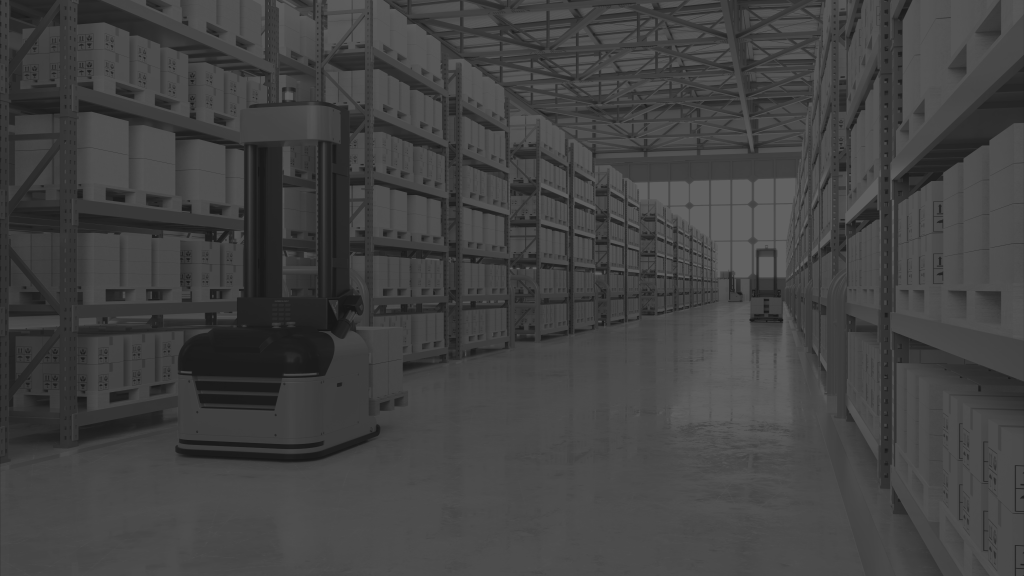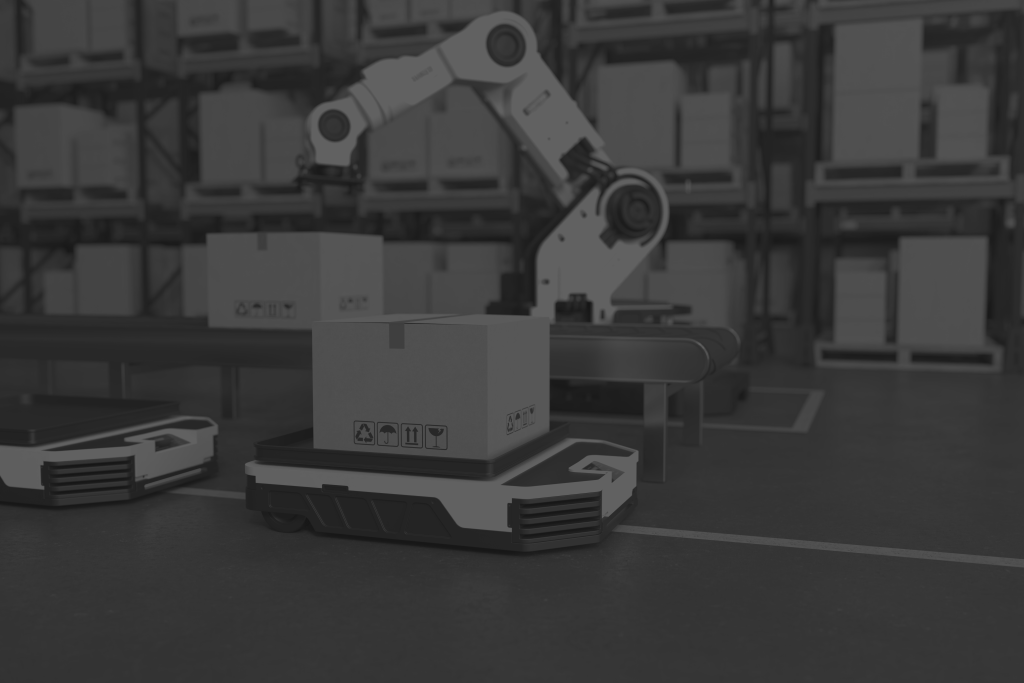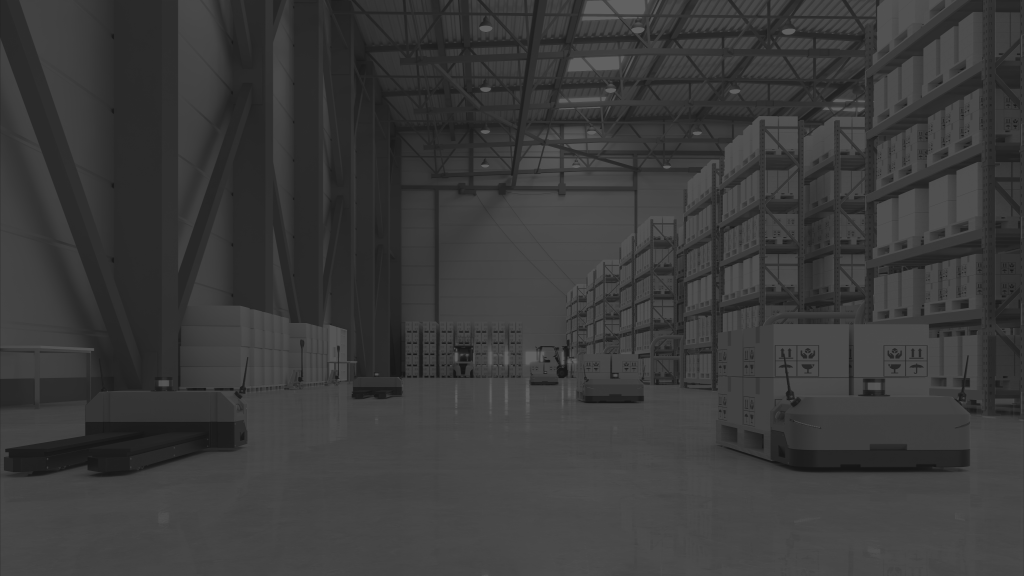Collaborative Robots: A Guide to Warehouse Efficiency.

In today’s fast-paced world, efficiency and precision are crucial in many professions. This is where collaborative robots, or cobots, play a significant role. Cobots are different from traditional robots.
They are designed to work with humans in the same space. This improves safety and productivity.
Cobots have significantly impacted industries such as logistics, manufacturing, and small businesses by performing tasks that require precision, consistency, and endurance. This blog post will cover what collaborative robots are. We’ll look at their development, how they operate, and where they’re used in various sectors.
TThe Evolution of Collaborative Robots (Cobots)
The concept of collaborative robots isn’t new but has evolved dramatically over the years. At first, robots were made to do repetitive tasks in controlled spaces. They were kept away from humans for safety reasons. However, technological advancements have paved the way for cobots, which can safely interact with humans.
Cobots have come a long way from their early prototypes. Advances in sensors, artificial intelligence, and machine learning have improved robots.
They now solve problems better and adapt to different tasks. The market for collaborative robots, or cobots, is growing fast. Manufacturers keep innovating to meet the needs of various industries.

How Collaborative Robots Work
Cobots are built to work alongside humans, thanks to special features like advanced sensors. These sensors help them notice and react to their surroundings. Plus, cobots have easy-to-use interfaces, so you don’t need to be a tech expert to control them.
Cobots have a key feature: they can safely work with humans. They have safety features that stop or change their actions if they might hit someone. This makes the workplace safer. This collaboration between human workers and cobots leads to increased efficiency and improved quality control in various tasks.
Applications of Collaborative Robots
In Logistics and Warehousing
Cobots have transformed the logistics and warehousing sector by streamlining processes and reducing the need for manual labor. They can perform tasks such as picking, packing, and sorting, which require precision and speed. By integrating cobots into warehouse operations, businesses can enhance their efficiency and reduce errors, ultimately leading to cost savings.
In Manufacturing and Small Businesses
In manufacturing, collaborative robots (cobots) significantly enhance assembly line efficiency. They perform tasks such as welding, painting, and assembling parts. Cobots excel at collaborating with human workers to complete complex tasks accurately and swiftly.
Cobots are also good for small and medium businesses, because they take over boring, repetitive tasks. This lets people work on more important stuff.

Advantages of Using Cobots
Enhancing Productivity and Safety
One of the primary advantages of using cobots is their ability to enhance productivity and safety. Cobots take over tasks that are repetitive and physically hard. This lets human workers focus on tasks that add more value. This leads to increased overall efficiency and job satisfaction among employees.
Solving Complex Tasks
Cobots excel in solving complex tasks that require precision and consistency. Their advanced sensors and problem-solving skills enable them to perform tasks accurately and adapt to changing conditions. This makes them invaluable in industries where precision and reliability are paramount.
Challenges and Limitations
Safety Concerns
While cobots are designed to work safely alongside humans, there are still safety concerns that need to be addressed. Ensuring that cobots operate within defined parameters and consistently monitor their environment is crucial to prevent accidents. Regular maintenance and updates are essential to keep cobots operating safely and efficiently.
Costs and Maintenance
The initial investment in cobots can be significant, particularly for small businesses. Additionally, ongoing maintenance and potential downtime can add to the overall costs. However, the long-term benefits, such as increased productivity and reduced labor costs, often outweigh these initial expenses.

The Future of Collaborative Robots
Emerging Trends and Market Growth
The future is promising for robots working with humans. This is because of new trends. We are adding more artificial intelligence and machine learning.
These improvements will make these robots, known as cobots, even better at adapting to different jobs in various industries. The demand for automation and efficiency is going to make the cobot market grow a lot.
Predictions for the Next Few Years
In the next few years, more industries will start using cobots, or collaborative robots. Even sectors that were slow to use robots will see how helpful cobots can be and will start investing in them. Also, companies that make cobots will keep making them better and more affordable to match what businesses need.

Conclusion
Collaborative robots, or cobots, have changed how industries work by making things faster, safer, and more efficient. They help humans with complicated tasks and make processes smoother in areas like logistics, manufacturing, and small businesses. Although there are some challenges, the future looks promising for cobots, thanks to ongoing improvements in technology.
For people in logistics, warehousing, manufacturing, and small businesses, robots can help. Investing in robots to work with humans gives you a competitive edge. It can boost your success. By learning what these robots can do and how to use them, businesses can make smart choices and use this tech to hit their targets.
Frequently Asked Questions.
Collaborative robots, also known as cobots, are designed to operate alongside humans in a shared workspace, improving productivity and safety.
Collaborative robots, or cobots, have advanced sensors and safety features. These let them sense changes around them. This way, they can safely work with humans without any risks.
Several industries, including logistics and warehousing, manufacturing, and small businesses, utilize cobots. These cobots actively engage in tasks such as picking, packing, assembly, and welding.
Cobots enhance productivity and safety by taking over repetitive tasks and solving complex tasks that require precision and consistency.
Safety concerns and initial investment costs are some of the challenges associated with cobots. Regular maintenance is also essential to ensure their efficient operation.